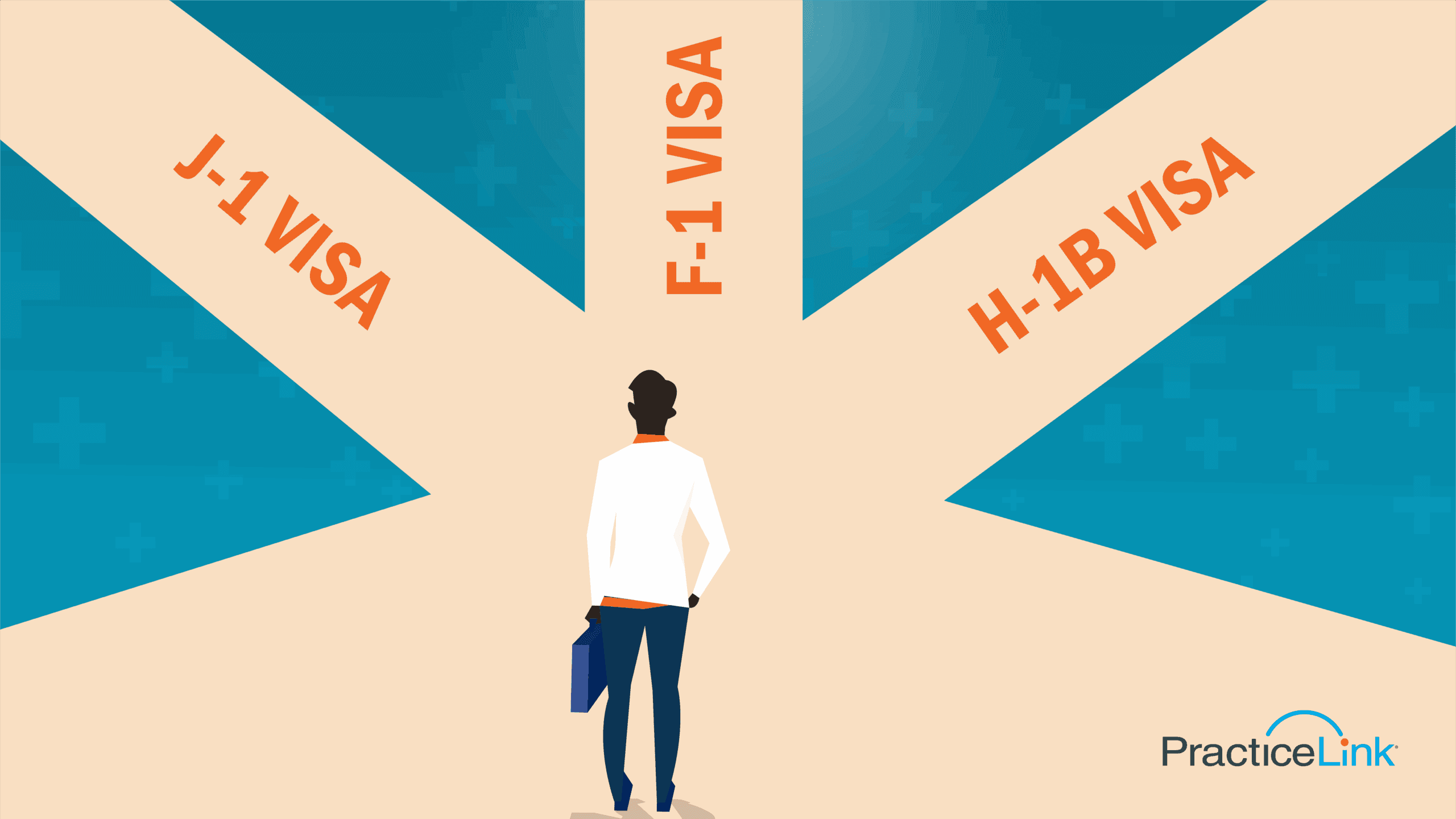
What is the best visa for a doctor?
For doctors looking to practice in the United States, navigating the complex immigration system can be a daunting task. One of the first questions many medical professionals ask is: What is the best visa for a doctor? There are several visa options available, each with its unique benefits and requirements, such as an H1B visa for doctors.
If you’re considering a move to the U.S. to practice medicine, it’s essential to understand the different physician visa categories and their specific eligibility criteria.
What is the best visa for a doctor?
The best visa for a doctor seeking to work in the United States often depends on their qualifications, goals and intended duration of stay, but the H1B visa for doctors is commonly considered one of the most suitable options. This visa allows foreign physicians to work in the U.S. in specialty occupations, provided they have passed the necessary exams such as the USMLE, hold an ECFMG certification and have an offer of employment from a U.S. employer.
What is a J1 visa for medical doctors?
The J1 visa for doctors is a popular choice for medical professionals seeking to enter the U.S. for graduate medical education or training. It is specifically designed for foreign nationals who wish to participate in medical residency or fellowship programs in the U.S.
One of the primary advantages of the J1 visa for medical doctors is that it allows physicians to receive clinical training in U.S. hospitals. However, this visa comes with a key requirement: once the J1 visa holder completes their training, they must return to their home country for at least two years before being eligible to apply for another visa or permanent residency. This is known as the home residency requirement.
While the J1 visa offers valuable opportunities for international medical graduates, the home residency requirement can be a significant obstacle for some. Many doctors choose to apply for a J1 visa to complete their residency and then explore other visa options, such as the H1B visa, to continue their career in the U.S.
Which is better J1 or H1B visa?
When considering which visa is better for doctors, a common comparison is the J1 vs H1B visa for medical residency. Both visas offer distinct advantages depending on your circumstances and career goals.
- J1 Visa: The J1 visa for medical residency is often preferred by international medical graduates who are pursuing clinical training. The key advantage of this visa is that it provides access to residency programs in U.S. hospitals. However, the two-year home residency requirement can be a significant deterrent for those who want to stay in the U.S. long-term after completing their training.
- H1B visa: The H1B visa for doctors is another option that allows foreign nationals to work in the U.S. in specialty occupations, including healthcare. Unlike the J1 visa, the H1B visa does not have a home residency requirement, which makes it more appealing for doctors who wish to remain in the U.S. after completing their medical training. The H1B visa is typically issued for up to three years, with the possibility of extension.
Ultimately, the choice between a J1 and H1B visa depends on your long-term goals. If you are looking for a visa that allows you to stay in the U.S. without a mandatory return to your home country, the H1B visa might be the better option. However, if you are primarily seeking to complete medical training in the U.S., the J1 visa could be the ideal starting point.
What is the F1 visa for doctors?
The F1 visa for medical residency is a student visa that allows foreign nationals to enter the U.S. to study at a recognized educational institution. For medical students, this visa is often the first step toward pursuing a medical degree in the U.S. Before applying for an F1 visa, students must be accepted into a U.S. medical school and demonstrate their ability to support themselves financially during their studies.
While the F1 visa for doctors does not directly allow a doctor to begin practicing medicine in the U.S., it is an essential step for those wishing to pursue a medical education. Once a doctor has completed their medical degree, they can transition to a different visa, such as the J1 or H1B, to begin clinical training or work in the U.S.
For international medical students, the F1 visa is a critical starting point for building a medical career in the U.S. It provides the opportunity to study in one of the world’s leading healthcare systems and later transition to a work visa, allowing them to pursue residency and fellowship training.
When deciding on the best visa for a doctor, it’s important to evaluate your specific goals and circumstances. The J1 visa for doctors is ideal for those seeking to complete medical training in the U.S. but with the understanding that they will need to return to their home country afterward. The H1B visa for doctors offers more flexibility for those who want to remain in the U.S. long-term after completing their training. Meanwhile, the F1 visa serves as the initial step for medical students looking to pursue their studies in the U.S.
Ready to apply for your physician visa? Take the first step by contacting an immigration expert who can guide you through the process and help you navigate the complexities of U.S. immigration law.
If you’re ready to begin your journey to the U.S. as a medical professional, understanding your visa options is the first step. For more information on physician visas, explore our Visa and Immigration Assistance blog.

